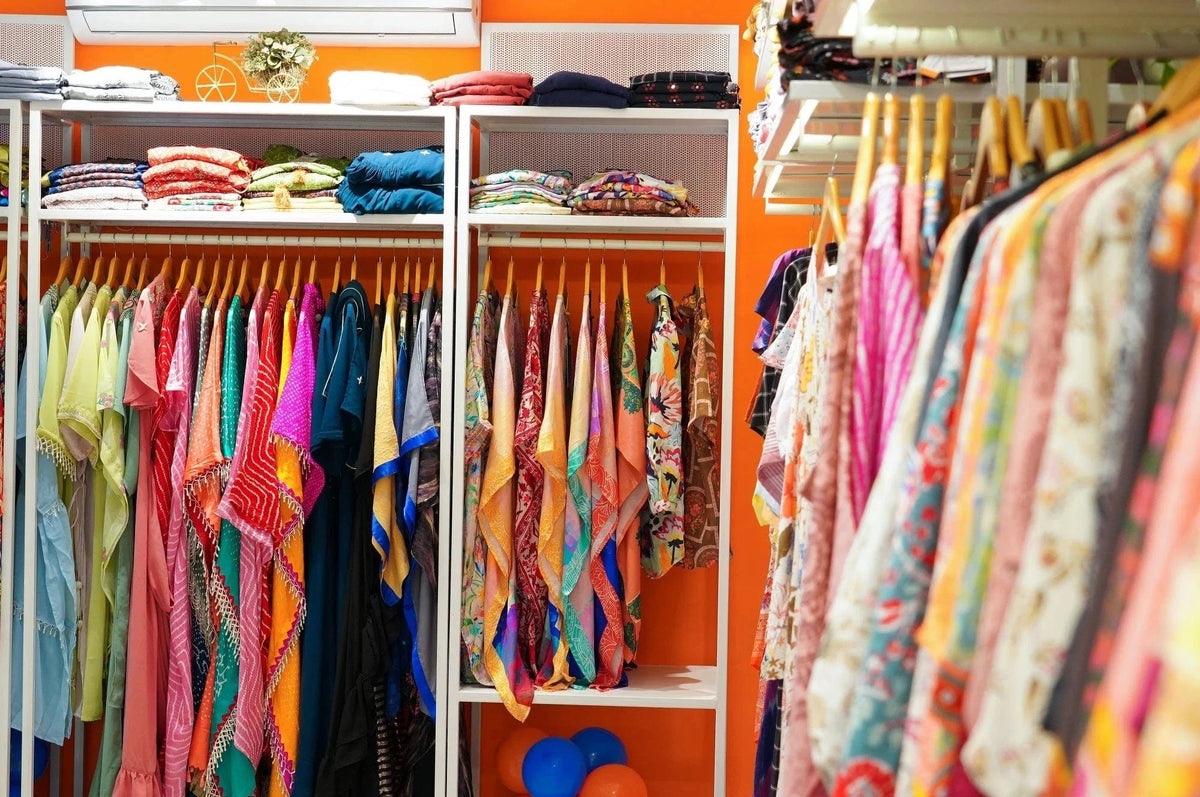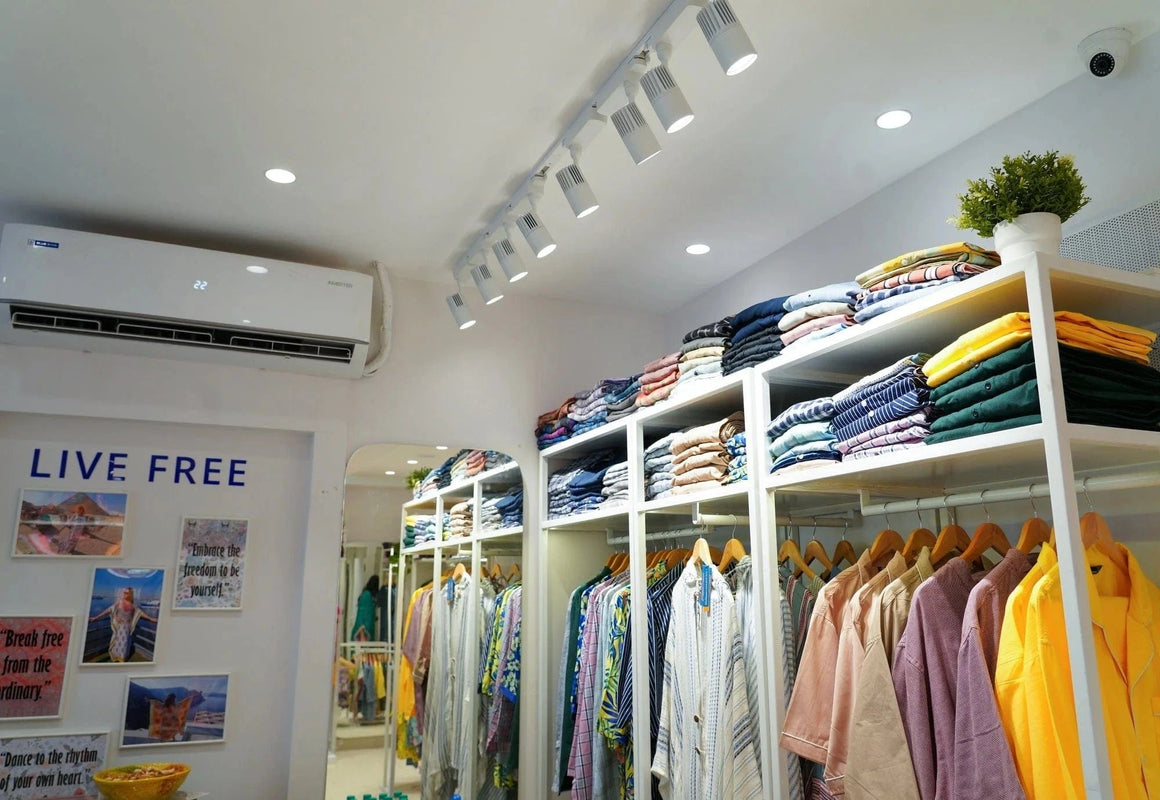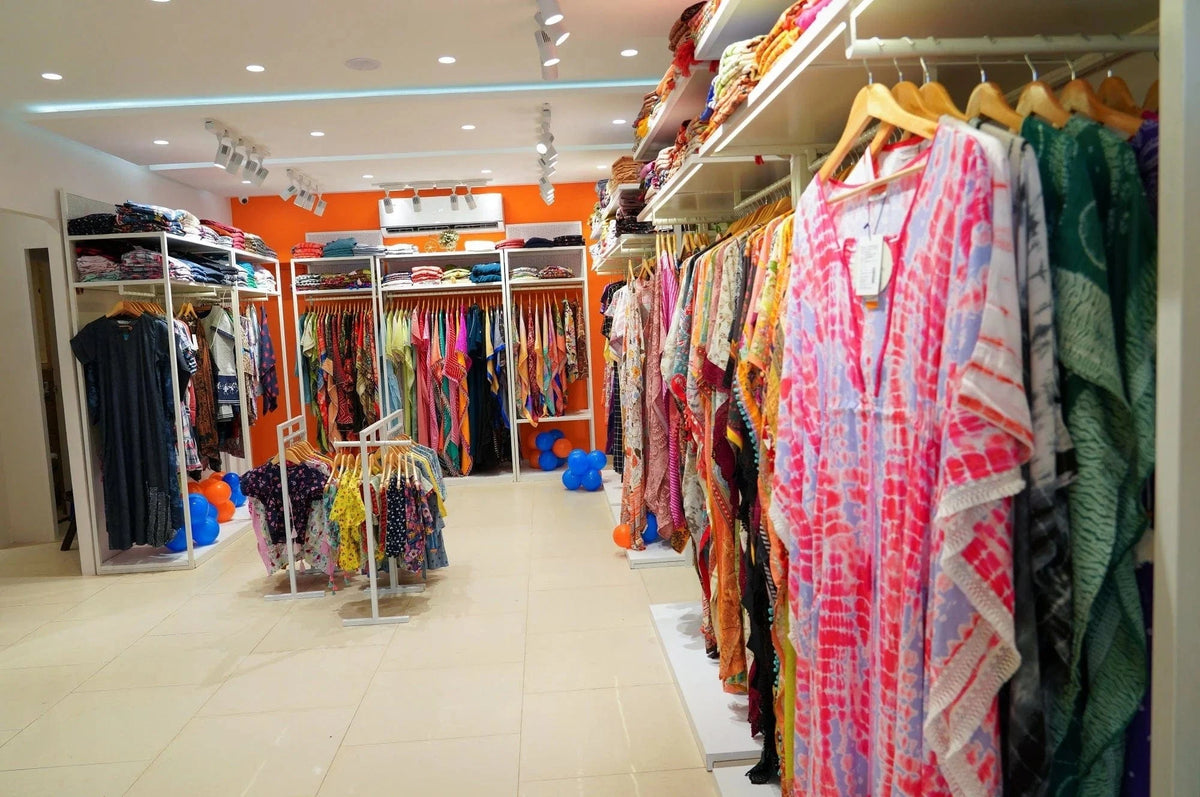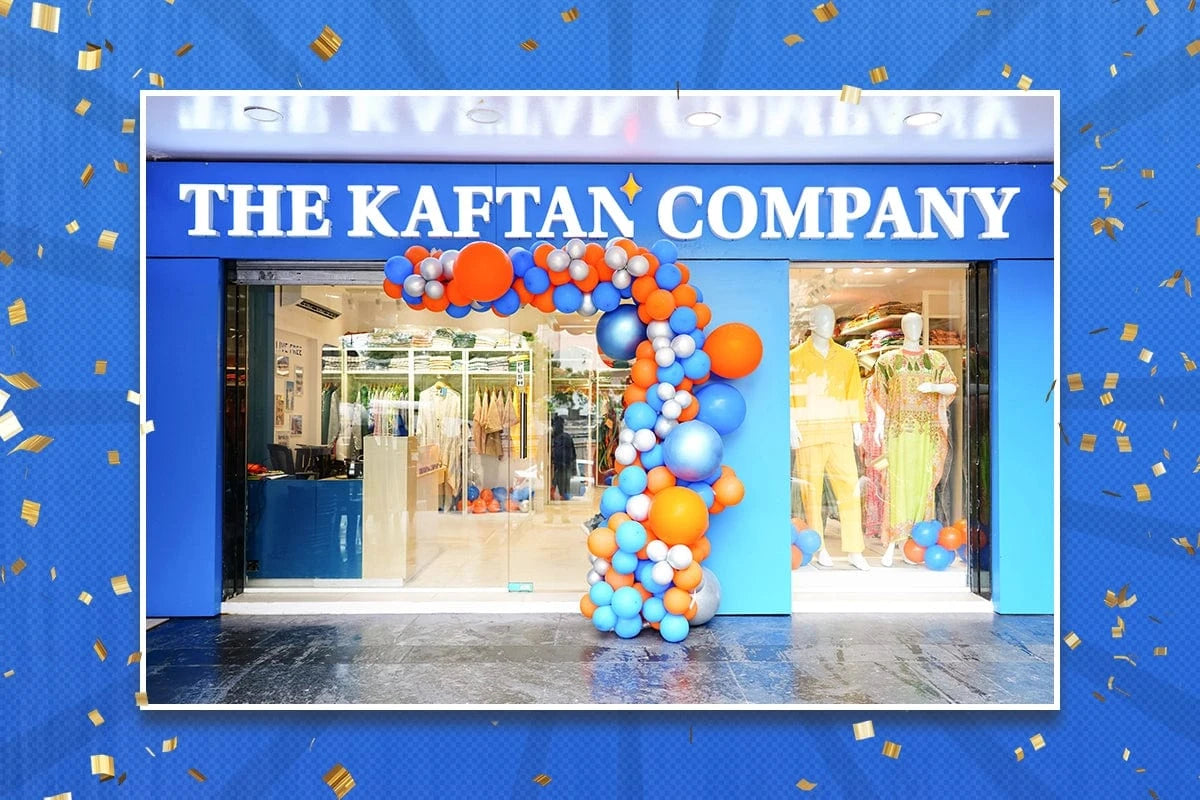The AO Debate: Local vs. Global Sourcing
Experts from the apparel retail industry debate the finer points of sourcing for the industry from local vs. global sources.

‘India has its limitations’
Navin S Rao, Co-founder, The Kaftan Company The Kaftan Company, founded in 2016 by Prakruti Gupta Rao and Navin Rao, provides a wide range of loungewear and kaftans. Available on major e-commerce platforms, the company has seen 5x growth in the past two years.
Today’s consumers value sustainability, ethical production and supply chain transparency. This drives us to source 100 per cent of our raw materials domestically. This strategy helps Libas in the long term by ensuring that all sourcing and manufacturing processes are streamlined within the country, leading to better control over quality and consistency of materials.
At Kaftan, we occasionally encounter unique fabric prints or specific elasticities that aren’t easily found locally. In such cases, we examine the production process of these fabrics and consider, ‘This could enhance the comfort for our customers, so let’s experiment’. From a developmental angle, we assess these unique materials retrospectively. If, post-production, they match our style and quality standards, we move forward with sourcing them. For instance, in our previous summer collection, we procured some fabrics from China. We discovered that the elasticity and comfort of that fabric would delight our consumers.

However, since the start, we’ve prioritised local sourcing, mainly for its cost-effectiveness. Initially, procuring large quantities of fabric was impractical. Moreover, dealing with import duties and logistics would’ve strained our resources.
Also, developing the supply chain and building relationships with vendors in a new country takes time. Each stage needs to be evaluated properly to avoid risks. Initially, one major hurdle is the small order sizes of some brands. With only a handful of stores, we lack substantial order volumes and foreign manufacturers are often unwilling to accommodate small orders. In contrast, Indian manufacturers offer flexibility in minimum order quantities, allowing us to order anywhere from 500 to 50,000 pieces, catering to our specific needs.
Moreover, India has a massive market for sourcing. For example, states like Gujarat can produce lakhs of metres of fabric with numerous options available. India also has over a thousand GOTS (Global Organic Textile Standard)-certified factories and many other certified units dedicated to ethical and sustainable production, providing flexible production options. Raw materials from India also tend to offer more stable pricing, with less variation.
That’s why, even international brands are increasing their sourcing from India. For example, France-based menswear brand Celio plans to increase its sourcing from India by five times from 4 per cent at present to 20 per cent over the coming two years. Global lifestyle brands such as Patagonia are utilising regenerative organic cotton fields in India. Moreover, major fashion retailers such as Zara, Gap, Levi’s, Mango, Marks & Spencer and Tommy Hilfiger have also established manufacturing operations in India.
Though, no brand can commit to local sourcing indefinitely. It all boils down to how the market evolves and the relevance of the available fabrics. Also, it’s true that India has its limitations. While we excel in cotton and natural fabrics, our infrastructure, investment and R&D in high-quality MMF (Man-Made Fibres) are lacking. This often leads us to rely on imports from China for these materials. Bangladesh and Vietnam are often preferred for finished products due to their advanced infrastructure.
Specific yarns such as Bi-shrinkage yarns are also not readily available locally and are imported from China. This poses a challenge, particularly for brands in womenswear, as they often struggle with local sourcing and resort to importing of high-end yarns.
However, for brands specialising in menswear such as denim, India and Bangladesh provide ample options and opportunities for sourcing materials.
Publication : Apparel Resources
Author : Lifestyle Desk
Source : https://apparelresources.com/business-news/sourcing/ao-debate-local-vs-global-sourcing/





